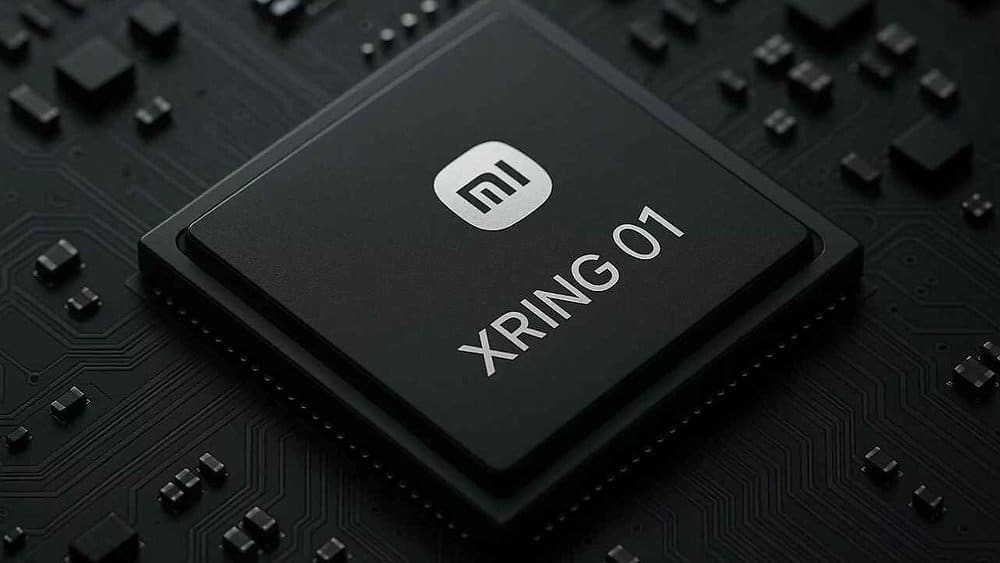Xiaomi XRING O1 Die Shot Unveils 10-Core CPU Insights

Xiaomi has officially launched its first in-house chipset, the XRING O1, designed for the Xiaomi 15S Pro. This cutting-edge 3nm chip, developed using Taiwan Semiconductor Manufacturing Company’s advanced N3E process technology, promises to enhance smartphone performance significantly. With a powerful 10-core CPU, a 6-core NPU, and a 16-core GPU, the XRING O1 is set to compete with other flagship processors in the market, particularly in China.
Advanced Architecture and Specifications
The XRING O1 boasts an impressive architecture that includes a 10-core CPU, which is composed of two Arm Cortex-X925 cores clocked at 3.9GHz, six Cortex-A725 cores running up to 3.4GHz, and two Cortex-A520 cores at 1.8GHz. This diverse core configuration is designed to optimize performance across various tasks, from gaming to multitasking. Additionally, the chipset features a 16-core Arm Immortalis-G925 MP16 GPU, which is expected to deliver high-quality graphics and smooth visual experiences for users.
The NPU, or Neural Processing Unit, is another highlight of the XRING O1, featuring six cores that enhance the device’s ability to handle AI tasks efficiently. Both the CPU and NPU are supported by a 16MB cache, which helps improve data access speeds and overall performance. Furthermore, the chipset supports LPDDR5T RAM with speeds of up to 9,600Mbps, ensuring that the device can handle demanding applications and processes with ease.
Die Size and Component Layout
A die shot of the XRING O1, shared by user Kurnal on social media, reveals that the chip has a die area of 114.7 square millimeters, with the components occupying 109.5 square millimeters. This compact size aligns the XRING O1 with other flagship chipsets that utilize TSMC’s N3E process technology. The layout of the die shows a well-organized arrangement of the CPU, GPU, and NPU cores, indicating a thoughtful design aimed at maximizing efficiency and performance.
Interestingly, the die shot does not indicate the presence of an integrated modem, suggesting that the Xiaomi 15S Pro will rely on a separate modem for connectivity. This design choice may allow for greater flexibility in modem selection and performance optimization, although it remains to be seen how this will impact the overall user experience.
Performance Expectations and Future Prospects
Recent benchmark results for the XRING O1 indicate that it may deliver performance comparable to Qualcomm’s flagship Snapdragon 8 Elite processor. This positions the XRING O1 as a strong contender in the competitive smartphone chipset market. As Xiaomi continues to innovate and expand its product lineup, it is anticipated that the XRING O1 will be featured in additional smartphone models beyond the Xiaomi 15S Pro.
The introduction of the XRING O1 marks a significant milestone for Xiaomi, as it ventures into the realm of in-house chip development. This move not only enhances the company’s technological capabilities but also allows for greater control over the performance and features of its devices. As the smartphone industry evolves, the success of the XRING O1 could pave the way for more advanced chipsets from Xiaomi in the future.
Observer Voice is the one stop site for National, International news, Sports, Editor’s Choice, Art/culture contents, Quotes and much more. We also cover historical contents. Historical contents includes World History, Indian History, and what happened today. The website also covers Entertainment across the India and World.

